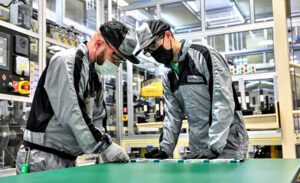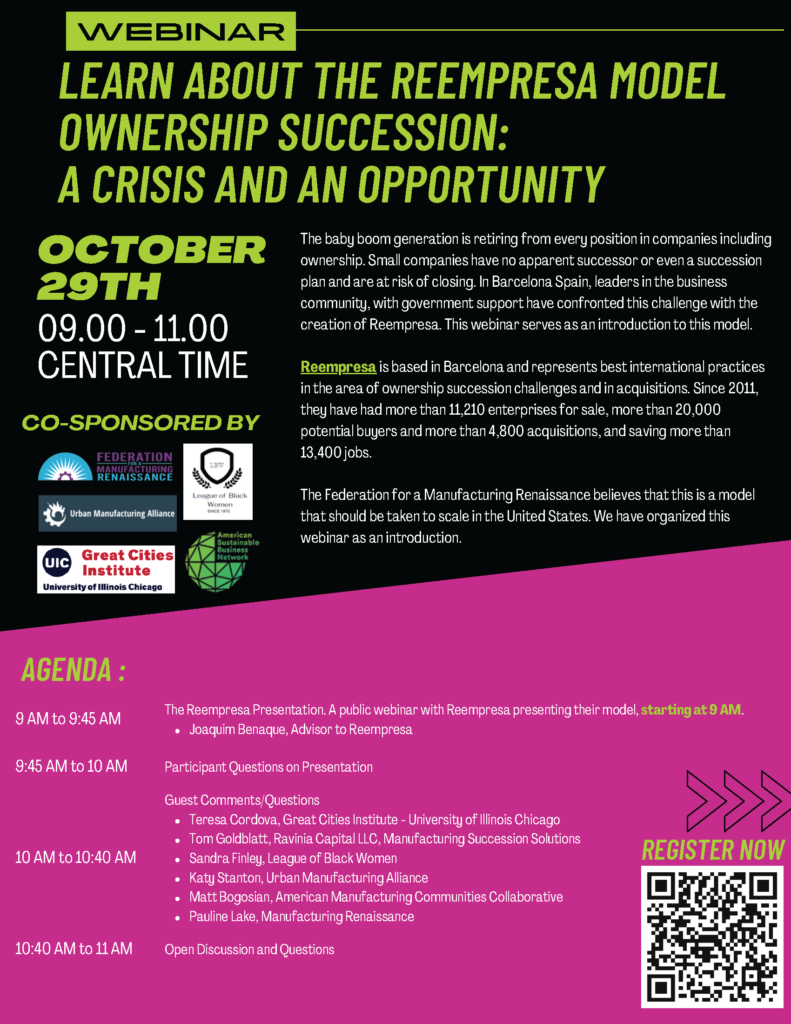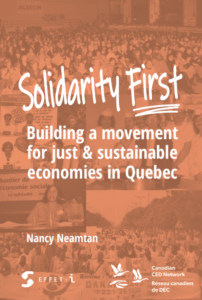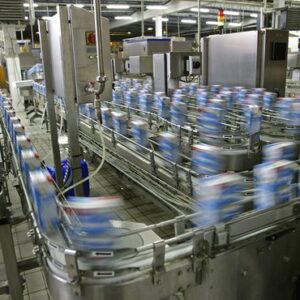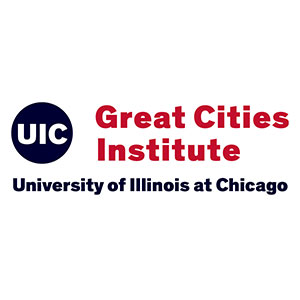The United States has experienced a long-term decline in its manufacturing sector with an enormous social, economic, and political impact over the last 50 years. The loss has severely impacted communities throughout the country—urban and rural, white and of color. For the last hundred years, industrial policy has mainly been guided by the private and financial sectors driven by the objective of increasing personal wealth. Manufacturers revolutionized the means of production. They were committed to long-term planning. US manufacturing was known for its innovation. Despite a number of inequities, this industrial policy led to the growth of the middle class and the emergence of the US as the dominant global economy.
By the late 1970s and the emergence of new information technologies, the search for the highest rate of return in the shortest amount of time led to some leaders in the manufacturing and financial sector cannibalizing the very companies that were the heart of the manufacturing sector. Companies closed as investors shifted their financial resources to other sectors. David Roderick, CEO of US Steel closed one of the most profitable steel companies in the world, stating, “I’m in this business to make money, not steel.” Local and state governments were often complicit or passive in engaging the challenges of the manufacturing sector.
In the 1960s, the sector represented more than 27% of GDP. As a result of these practices, manufacturing now represents only 11% of GDP. The country and our communities have suffered in every respect. This reality was a product of industrial policies rather than a “blind market”.
We have launched the Federation for a Manufacturing Renaissance to represent the broad and shared interests of the public and private sectors committed to retaining, redesigning, and rebuilding our manufacturing sector. We are committed to manufacturing, economic democracy, and community development.
